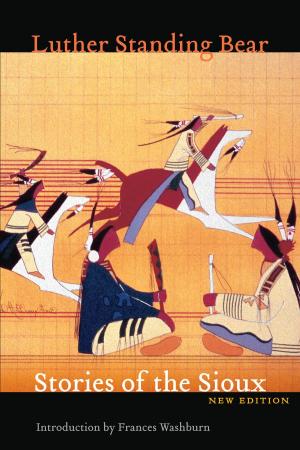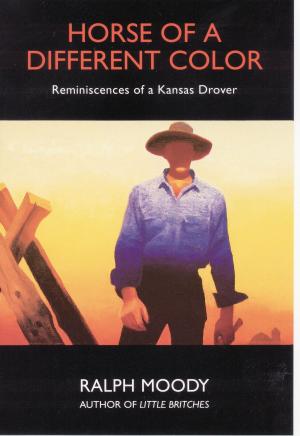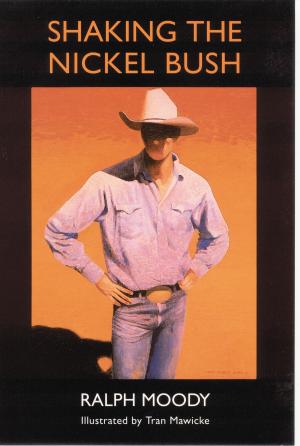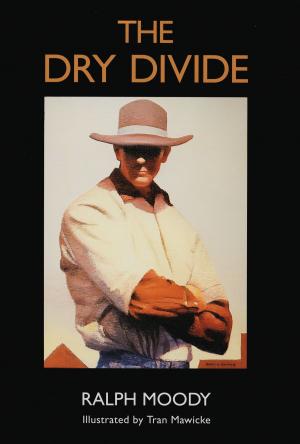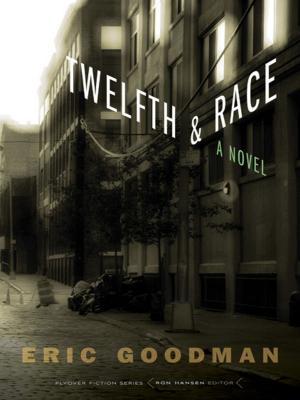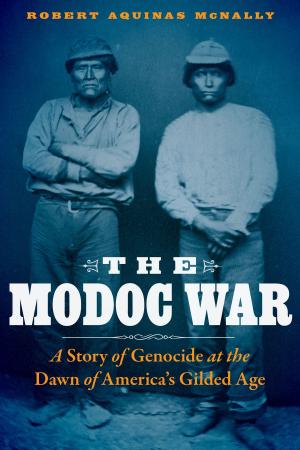Wartime Basketball
The Emergence of a National Sport during World War II
Nonfiction, Sports, Basketball, History, Military, World War II| Author: | Douglas Stark | ISBN: | 9780803286917 |
| Publisher: | UNP - Nebraska | Publication: | May 1, 2016 |
| Imprint: | University of Nebraska Press | Language: | English |
| Author: | Douglas Stark |
| ISBN: | 9780803286917 |
| Publisher: | UNP - Nebraska |
| Publication: | May 1, 2016 |
| Imprint: | University of Nebraska Press |
| Language: | English |
Wartime Basketball tells the story of basketball’s survival and development during World War II and how those years profoundly affected the game’s growth after the war. Prior to World War II, basketball—professional and collegiate—was largely a regional game, with different styles played throughout the country. Among its many impacts on home-front life, the war forced pro and amateur leagues to contract and combine rosters to stay competitive. At the same time, the U.S. military created base teams made up of top players who found themselves in uniform. The war created the opportunity for players from different parts of the country to play with and against each other. As a result, a more consistent form of basketball began to take shape.
The rising popularity of the professional game led to the formation of the World Professional Basketball Tournament (WPBT) in 1939. The original March Madness, the WPBT was played in Chicago for ten years and allowed professional, amateur, barnstorming, and independent teams to compete in a round-robin tournament. The WPBT included all-black and integrated teams in the first instance where all-black teams could compete for a “world series of basketball” against white teams. Wartime Basketball describes how the WPBT paved the way for the National Basketball League to integrate in December 1942, five years before Jackie Robinson broke the color barrier in baseball.
Weaving stories from the court into wartime and home-front culture like a finely threaded bounce pass, Wartime Basketball sheds light on important developments in the sport’s history that have been largely overlooked.
Wartime Basketball tells the story of basketball’s survival and development during World War II and how those years profoundly affected the game’s growth after the war. Prior to World War II, basketball—professional and collegiate—was largely a regional game, with different styles played throughout the country. Among its many impacts on home-front life, the war forced pro and amateur leagues to contract and combine rosters to stay competitive. At the same time, the U.S. military created base teams made up of top players who found themselves in uniform. The war created the opportunity for players from different parts of the country to play with and against each other. As a result, a more consistent form of basketball began to take shape.
The rising popularity of the professional game led to the formation of the World Professional Basketball Tournament (WPBT) in 1939. The original March Madness, the WPBT was played in Chicago for ten years and allowed professional, amateur, barnstorming, and independent teams to compete in a round-robin tournament. The WPBT included all-black and integrated teams in the first instance where all-black teams could compete for a “world series of basketball” against white teams. Wartime Basketball describes how the WPBT paved the way for the National Basketball League to integrate in December 1942, five years before Jackie Robinson broke the color barrier in baseball.
Weaving stories from the court into wartime and home-front culture like a finely threaded bounce pass, Wartime Basketball sheds light on important developments in the sport’s history that have been largely overlooked.

